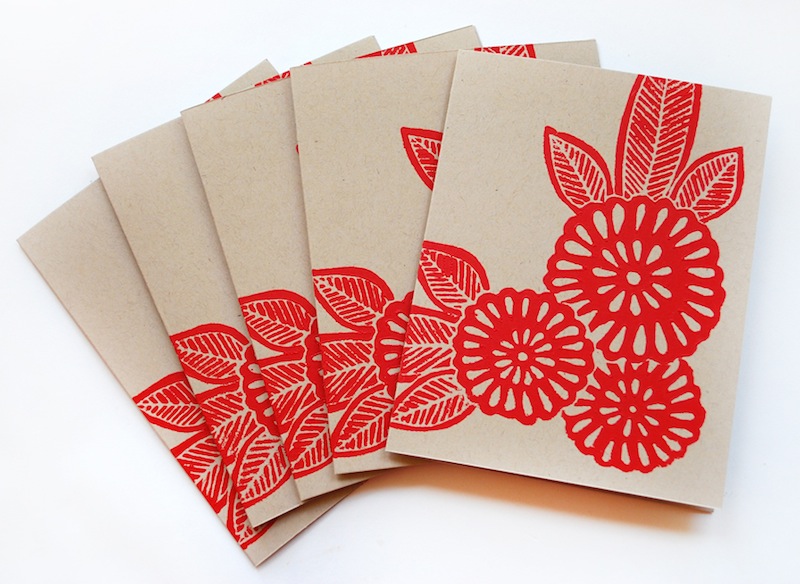Unlocking the Secrets of Relief Printing: The Art of Soaking Paper

Relief printing is a fascinating technique that has been used for centuries to create stunning artworks and prints. One crucial aspect of this process is the preparation of the paper used for printing. In this blog post, we will delve into the importance of soaking paper for relief printing and explore the various techniques and considerations involved. Whether you are a seasoned artist or a curious beginner, this article will provide you with valuable insights and practical tips to enhance your relief printing experience.
- Understanding the Purpose of Soaking Paper:
Soaking paper is a critical step in relief printing as it helps to achieve optimal ink transfer and image quality. By soaking the paper, you can enhance its flexibility, allowing it to better conform to the contours of the printing plate. Additionally, soaking helps to remove any sizing or impurities present in the paper, ensuring a clean and even ink application. - Choosing the Right Paper for Soaking:
When it comes to relief printing, selecting the appropriate paper is crucial. Different types of paper have varying levels of absorbency, texture, and durability, which can significantly impact the final print. Consider factors such as weight, thickness, and surface texture when choosing the paper for your project. Experimenting with different papers will help you discover the ideal match for your desired artistic outcome. - The Soaking Process:
To achieve the best results, follow these steps when soaking paper for relief printing:
a. Preparing the Water: Use clean, lukewarm water in a shallow tray or basin. Avoid using hot water, as it can damage the paper fibers.
b. Submerging the Paper: Gently place the paper into the water, ensuring it is fully immersed. Allow the paper to soak for a specific duration, depending on its thickness and absorbency. Thicker papers may require longer soaking times.
c. Removing Excess Water: Carefully lift the soaked paper from the water, allowing any excess water to drip off. Avoid wringing or rubbing the paper, as this can cause damage.
d. Blotting and Drying: Place the soaked paper between clean blotting sheets or absorbent materials to remove excess moisture. Finally, let the paper air dry completely before using it for relief printing.
- Tips and Tricks for Soaking Paper:
- Test different soaking times and techniques to find what works best for your chosen paper and desired effect.
- Consider adding additives to the soaking water, such as gelatin or sizing agents, to enhance the paper's strength and ink absorption.
- Experiment with different temperatures of water to achieve varying levels of paper softness and flexibility.
- Keep a record of your soaking experiments, noting the paper type, soaking time, and results obtained. This will help you refine your technique over time.
Conclusion:
Soaking paper is a vital step in the relief printing process, ensuring optimal ink transfer and image quality. By understanding the purpose of soaking, choosing the right paper, and following proper soaking techniques, you can elevate your relief printing artworks to new heights. Remember to experiment, document your findings, and embrace the creative possibilities that soaking paper offers. Happy printing!



